There are more ways than ever to track and measure where your audience is coming from and how they are converting. These days a customer's journey to converting is long and complex. It is common for users to research using multiple searches and even interact with your business on multiple channels before converting.
By setting the attribution model, you are able to choose how much value you give to each stage of that path to conversion. This helps you to understand which channels are helping you most to achieve your business goals. There are many different choices when it comes to picking an attribution model giving you control over how much credit you give to each touch point in the customer journey.
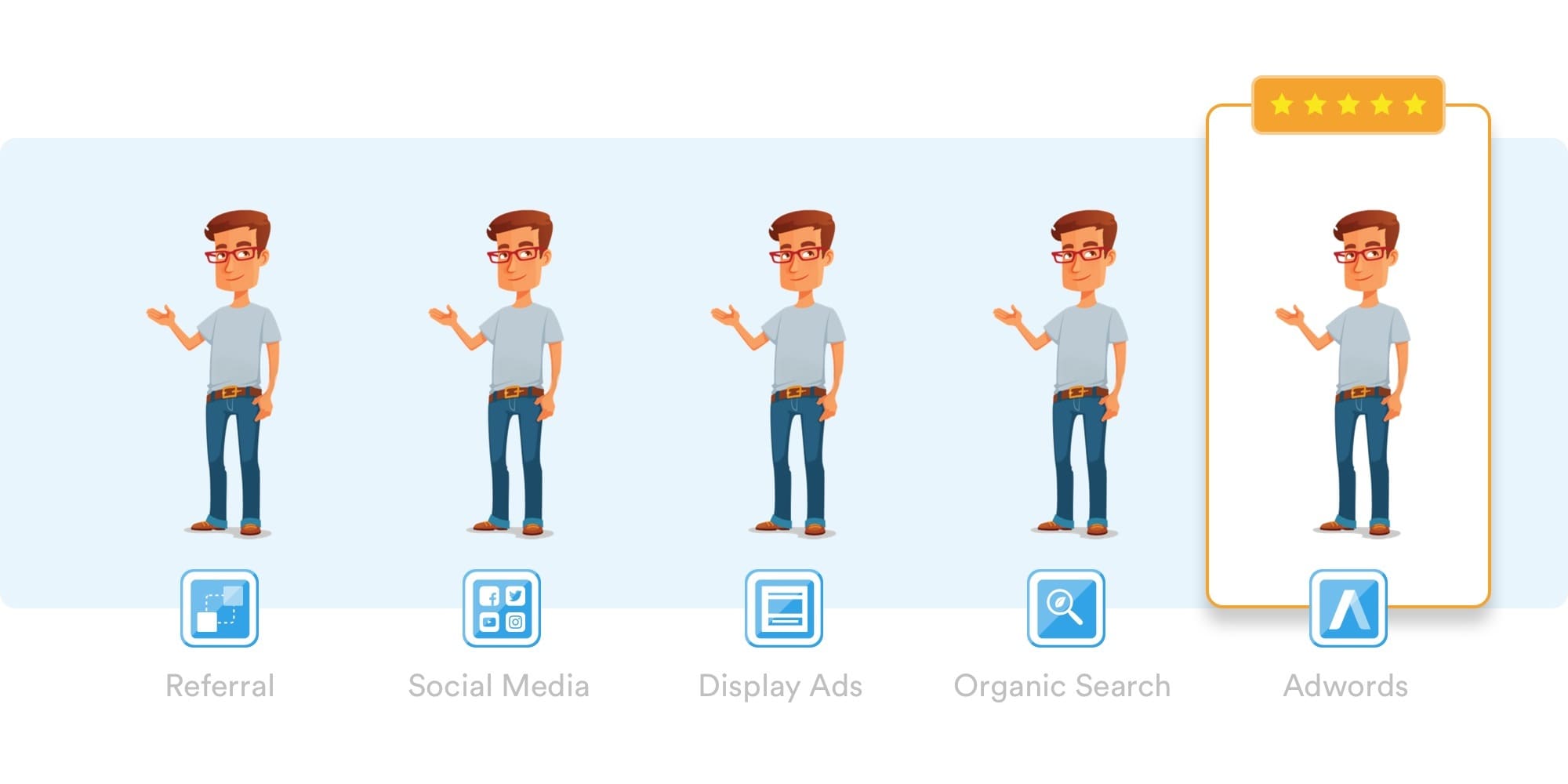
Last Click Attribution gives all the credit for the conversion to the last channel before the conversion occurred. For example, if a customer visits your Facebook page then is shown an Google Ads remarketing ad and clicks through and converts, the credit for the conversion will be given solely to Google Ads.
If you are using the Last Click Attribution model all other channels visited along the purchasing journey are ignored. The majority of all advertisers use the ‘Last Click’ Attribution model as this is the present option in Google Ads.
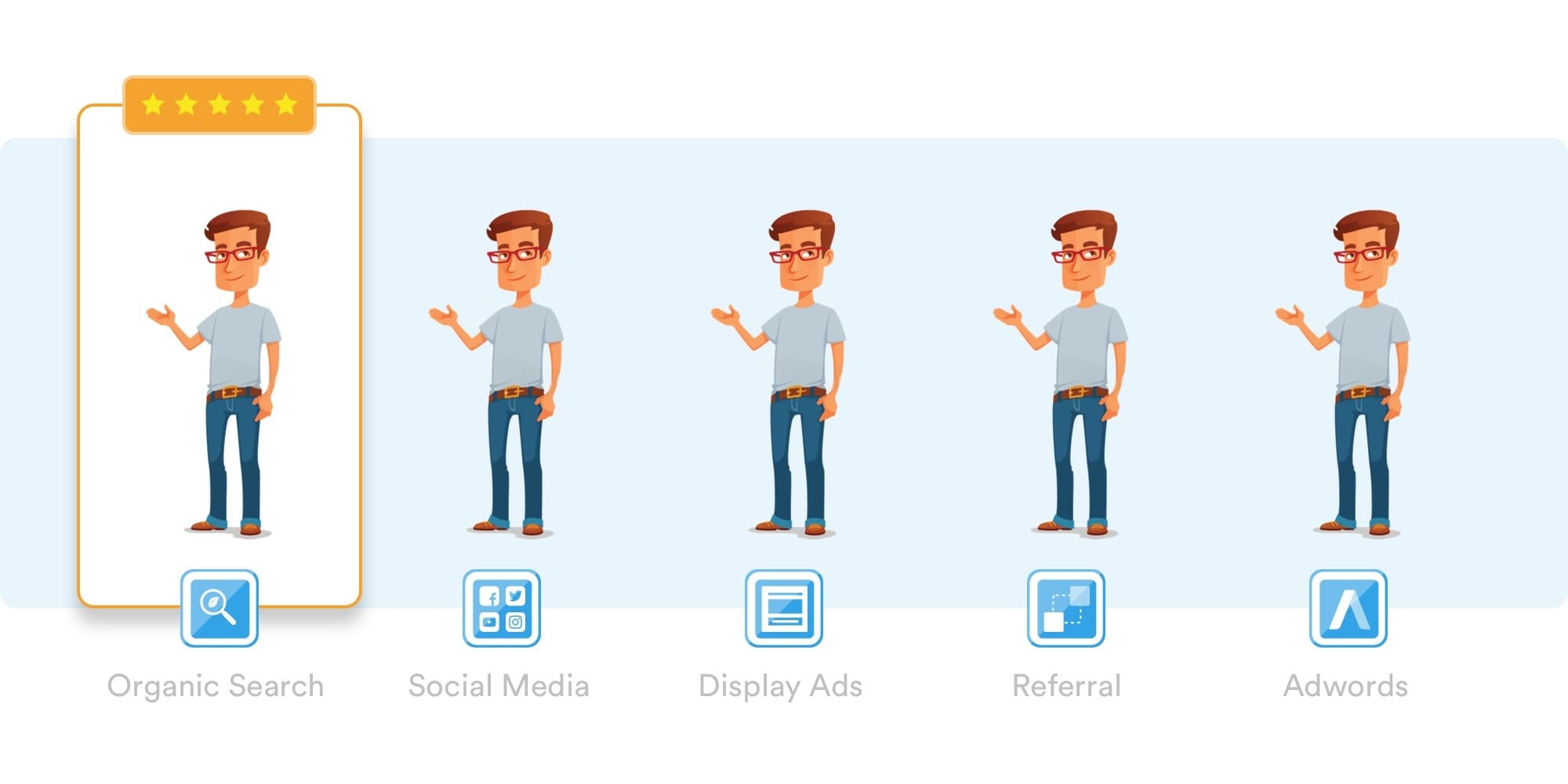
The First Click Attribution model is the opposite of the Last Click model. It attributes all credit for the conversion to the first visited channel. Like the Last Click model it ignores all the other channels visited after giving them no credit. This model highlights the channel that first introduced a customer to your brand without taking into account what necessarily drove them to convert.
For example, if somebody first finds you from an organic listing on Google, but then leaves and later looks at your Facebook page and converts, full credit for the conversion will be given to the organic Google search even though they may have been driven to convert from visiting your Facebook page.
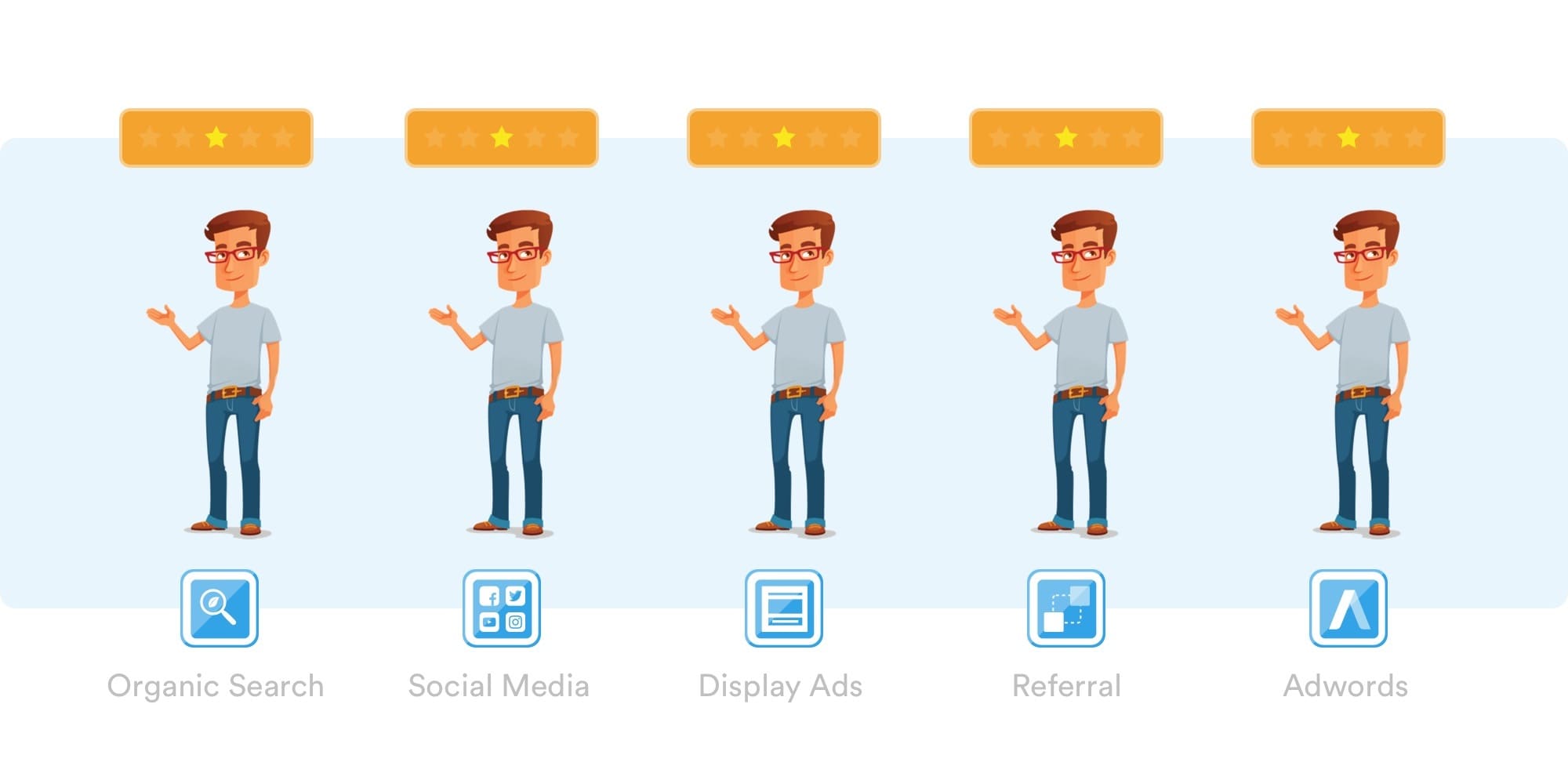
The Linear Attribution model distributes credit for a conversion equally between all clicks on the path. The Linear Attribution model is similar to a Position Based Attribution model in that all touch points are considered when looking at a conversion. The biggest difference between a Linear Attribution Model and Position Based model is that in a Linear Model, all touch points are credited equally. It is Fabric's preferred model as it allows you to see every touch point along the way.
However, it does make all touch points look like they play an equal role in the journey to conversion, which is not always the case. If somebody first visits your site from a referral but later leaves and is shown an Google ad and then converts, then the credit for the conversion is split equally between the referral and Google Ads channels.
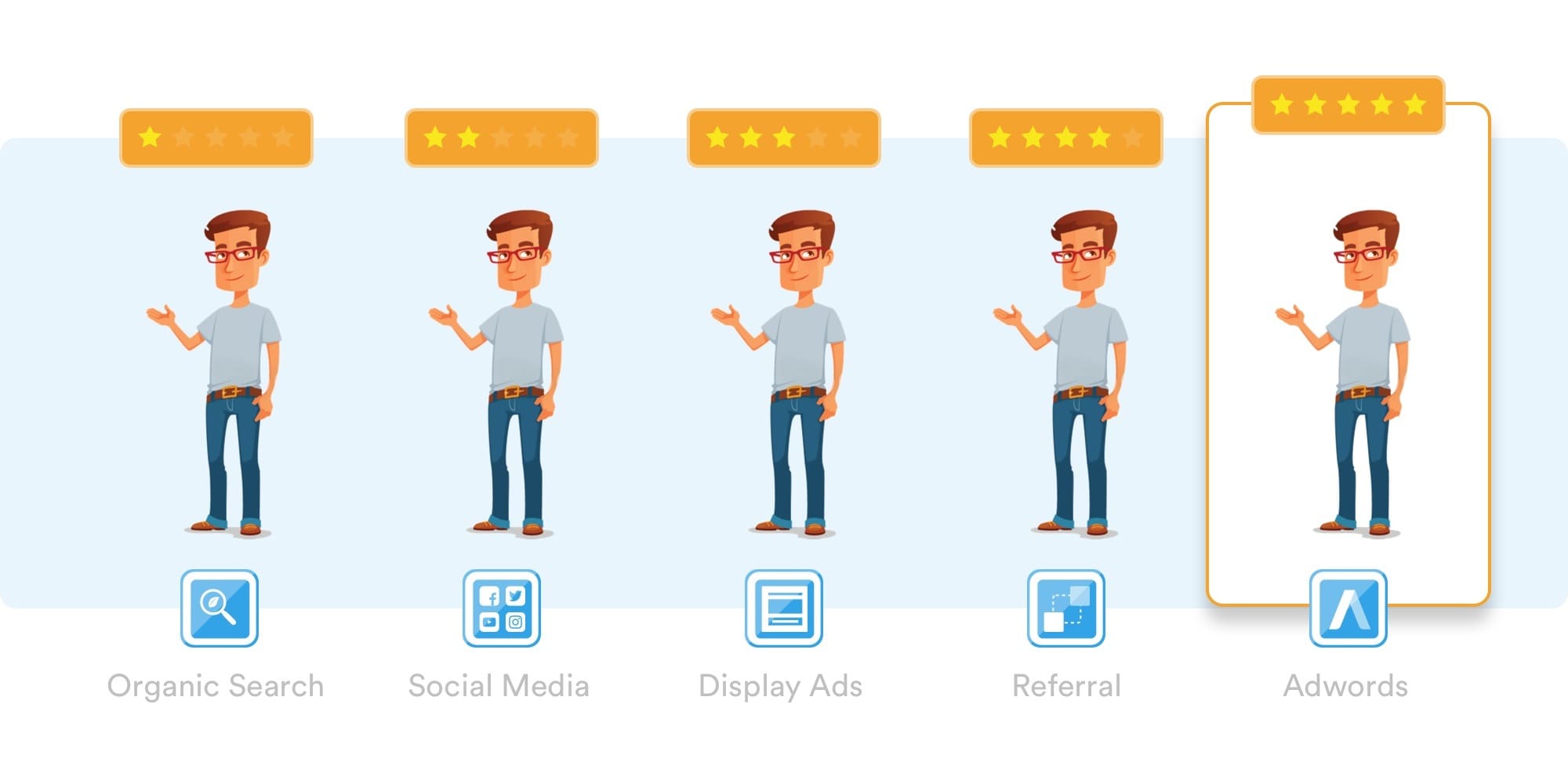
The Time Decay Attribution gives more credit to the channel that was visited closer in time to the conversion. In this attribution model, the last touch point before a conversion is given majority of the credit for that conversion. However, it does not ignore all earlier touch points. Those leading up the conversion are also given some credit but the further back in time a touchpoint occurred from the conversion the less credit it receives.
If a user first finds you on Facebook, but later leaves and is served a display ad, then searches for you on Google and clicks through to your organic listing, the credit for the conversion will be split between the 3 channels. The majority of the credit being given to organic since it was the last channel before the conversion occurred, followed by Google Ads, then referral.
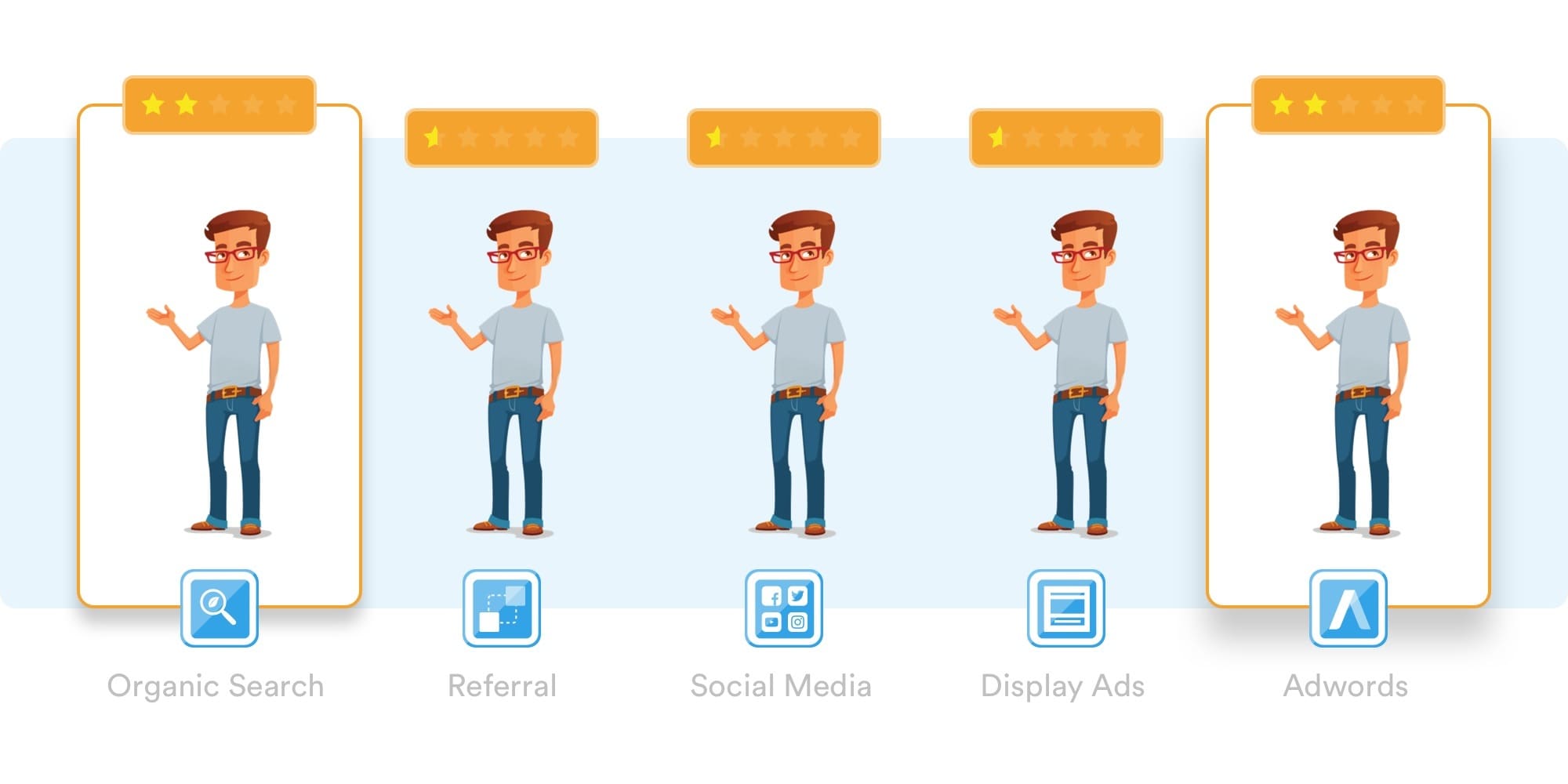
The Position Based attribution model is compromised between the first and last click models. This model allocates 40% of credit to the first and last visited channel then equally splits out the remaining 20% between the channels in between.
Let's say a user gets referred to your site, leaves and then clicks on an ad on Facebook, then is served a display ad and converts, both referral and display will get 40% credit for this conversion, and social media will get the remaining 20%.
There is no right or wrong answer, Fabric use linear attribution for the majority of their customers as it is the easiest way to see an overview of how all of the channels are working together. At the end of the day, it's your choice, it all depends on business goals and digital marketing objectives. As part of Fabric's digital marketing services, we include a complementary analysis of what attribution model your business should use.
Do you need help with your attribution modelling? Contact us today and we will be able to determine what is the best suited for your business.